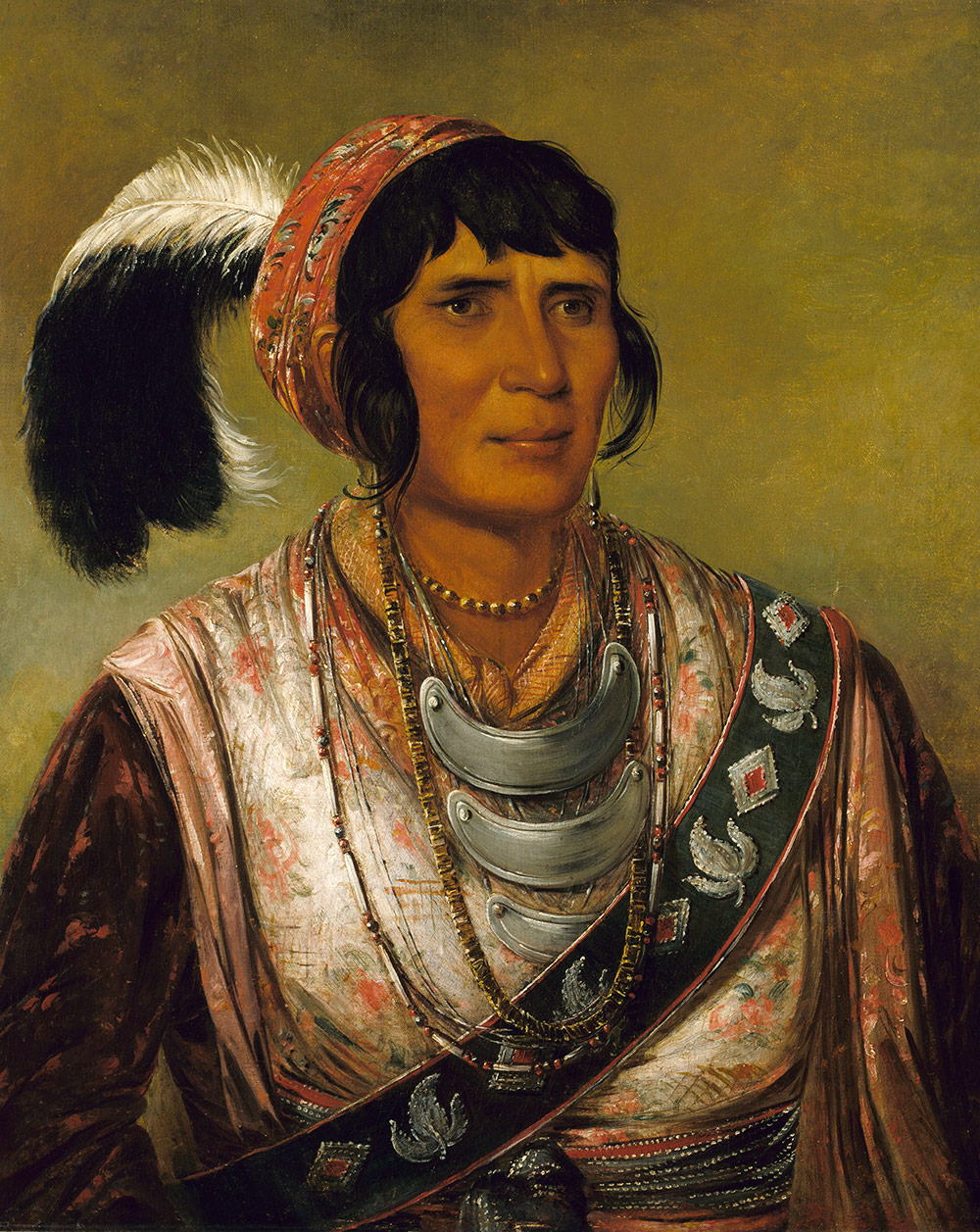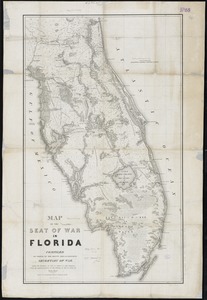Introduction
This map set originally was created in 2018 as an online resource for educators using materials from the Leventhal Map & Education Center Digital Collections, the Library of Congress, the Smithsonian Museum, the Seminole Nation’s Museum, the National Park Service, and the National Geographic Collections. It was created by Christopher Montero, 2018 Carolyn A. Lynch Teacher Fellow for the Leventhal Map & Education Center, for fellow educators interested in using maps and primary source documents to explore the motivations behind American expansion in the first half of the 19th century and the impact on Native nations, as well as responses by Native leaders. The skill goals of the unit are to develop critical historical skills including the analysis, evaluation, and synthesis of primary & secondary sources.
Content
The unit is broken into three smaller units, each of which can be expanded or contracted depending on how much time a class can dedicate to the unit.
The first sub-unit is dedicated to exploring the motivations and ideology driving American expansion into the Southeast and, later, the West more generally. This includes an exploration of Native removal policy, economic changes, American slavery, and white male identity through the lens of settler colonialism theory. Students will apply that theoretical lens and their analytical skills towards analyzing individual maps, as well as those maps in relation to one another.
The second sub-unit is focused on Native actions and reactions to American expansion by looking at two case studies: the Creek and Seminole nations. The time periods of the case studies do not overlap, so much as go in chronological order (the Creek War case study should be followed by the 2nd Seminole War case study). In each case study, students would use a map source and a primary source to compare/contrast how different leaders and nations resisted the U.S. policy of forced removal.
The third sub-unit is a look at the consequences of removal policy in the Southeast and how it transformed into the use of reservations. Students will also consider the extent to which promises have been kept (or not) and what responsibilities the American nation owes to the Native nations affected by removal and reservation policies.
The second sub-unit is focused on Native actions and reactions to American expansion by looking at two case studies: the Creek and Seminole nations. The time periods of the case studies do not overlap, so much as go in chronological order (the Creek War case study should be followed by the 2nd Seminole War case study). In each case study, students would use a map source and a primary source to compare/contrast how different leaders and nations resisted the U.S. policy of forced removal.
The third sub-unit is a look at the consequences of removal policy in the Southeast and how it transformed into the use of reservations. Students will also consider the extent to which promises have been kept (or not) and what responsibilities the American nation owes to the Native nations affected by removal and reservation policies.
















